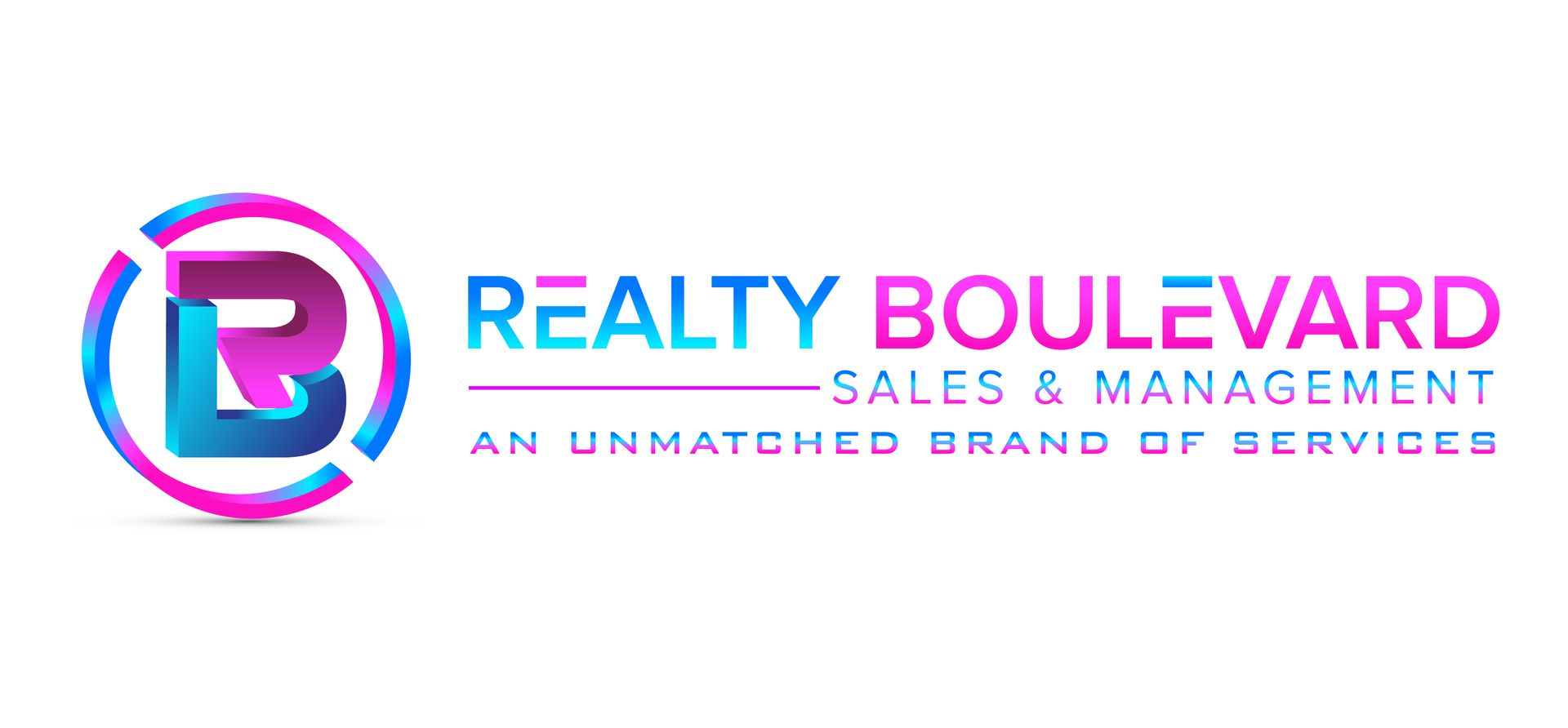The Difference Between Hard and Soft Credit Checks

(from apartments.com /Author: Jacob Margle)
Credit checks are an important part of tenant screening and a best practice to ensure you put the best renters possible in your unit. By running a credit check on a prospective tenant, you can learn a great deal about their rental history, including whether or not they owe money to a previous landlord. No one wants to be put in a situation in which rent becomes backlogged. However, which kind of credit check you perform will tell you varying degrees of information. As a landlord, you’ll be faced with running either a hard or soft credit check and understanding the difference.
What Is a Hard Credit Inquiry?
A hard credit inquiry is what you can expect when applying for a credit card, a mortgage loan, or any other type of loan. Hard inquiries need to be performed with the permission of the tenant or applicant, and since it’s tied to a credit application, credit bureaus assume it’s tied to a new line of credit or a loan. This means that a hard credit inquiry will negatively impact the tenant’s credit score. Hard inquiries can also reveal a bit more information than a soft inquiry will, such as credit utilization rates and other factors that give you a more complete picture of a tenant’s credit history.
A hard credit inquiry should only decrease an applicant’s score by five points or so. It is important to note that this impact will stay on their credit report for about two years, so while the impact isn’t much, it is something the tenant will have to work with for at least two years.
Examples of a hard credit inquiry
- Mortgage applications. Applying for a major loan for something like a mortgage will trigger a hard credit inquiry by the lender
- Auto loans. Auto loans are another major loan people take out during their life. Like a mortgage, this will trigger a hard inquiry
- Student loans
- Credit card applications. Not a loan, but since this comes with the presumption that the applicant will have another line of credit, it necessitates a hard inquiry
- Apartment rental applications
What Is a Soft Credit Inquiry?
A soft inquiry is named so because it makes virtually no impact on one’s credit score. Soft inquiries are requested by the applicant or tenant themselves, typically when viewing their own credit report. Because these types of inquires aren’t tied to a line of credit or loan, there’s no impact on one’s score.
Soft credit scores aren’t always requested by the consumer. Potential employers and landlords can view a soft credit inquiry with the permission of the applicant. This is advisable for landlords, since multiple hard credit inquiries have the potential to lower an applicant’s score more than once. Consider asking your potential tenants to send you a soft credit inquiry report rather than going the hard route.
Examples of a soft credit inquiry
- Checking your own credit score. Companies like Credit Karma perform a soft inquiry.
- Employer screenings. During a background check for a job, your potential employer may perform a soft credit inquiry.
- Prequalified credit card applications
- A current creditor checks your credit. Your credit card company or lender may perform a soft credit check at any point
Credit Inquiries Can Be Situational
Not every type of credit inquiry situation is clear cut. Some requests that would result in a soft inquiry the majority of the time can end up triggering a hard credit inquiry, and vice versa. When it comes to rental applications, whether your tenants will be subject to a hard or soft credit inquiry depends on what service you use.
Third-party screening companies almost always use hard inquiries, but dealing with an applicant directly can result in a soft credit inquiry.
Examples of situational inquiries
- Renting a car. Reserving a rental car with a credit card can result in a soft inquiry, while reserving one with a debit card may result in a hard inquiry.
- Opening a checking or savings account
- Cell phone, TV, or internet service agreement
- Utility service agreement
If You Choose a Hard Credit Inquiry…
If you decided to pull a hard inquiry on a prospective tenant, the tenant will have their credit score decrease by around five points. This impact will remain on their credit report for two years, and an accurate hard inquiry can’t be removed from a credit report. It’s also worth noting that most of the time, a series of hard inquiries (whether it be from rental applications or something else) will be counted as a single inquiry, but it’s not uncommon for each pull to affect an applicant’s score individually. The impact of a hard credit score also lessens over time, so renters won’t see as drastic of an impact as time goes on.
When you list your rental on Apartments.com, you get access to credit reports as part of Rental Tools, making pulling credit reports on tenants easy.
If You Choose a Soft Credit Inquiry…
Choosing a soft credit inquiry means you will have to work more closely with a tenant since they have to give you or the screening company permission to view their credit report. The benefit is that your applicants won’t have their score affected by the inquiry. If applicants know that you require a soft credit check up front, they may be more inclined to apply and you can enjoy a bigger pool of applicants. And if you reject a tenant, they won’t have taken as big of a credit score hit when they apply somewhere else.
The Choice Is Yours
Whether you decide to perform a hard or soft credit inquiry is up to you, just know how it impacts your potential tenants before you proceed. A hard inquiry will typically reveal more information about that person’s credit history, but they’ll take a small hit on their credit score. A soft inquiry won’t affect a tenant’s credit score, but it can slow down your screening process since you need the permission of each applicant to view a soft inquiry.
Remember that credit is only partial picture of a tenant, and that you can rent to tenants with bad credit. If you’re unsure, start with a soft credit check. For most tenants, a soft inquiry will give you a relatively complete picture and it’s a great way to start your landlord-tenant relationship off on a positive note.
Share this post




